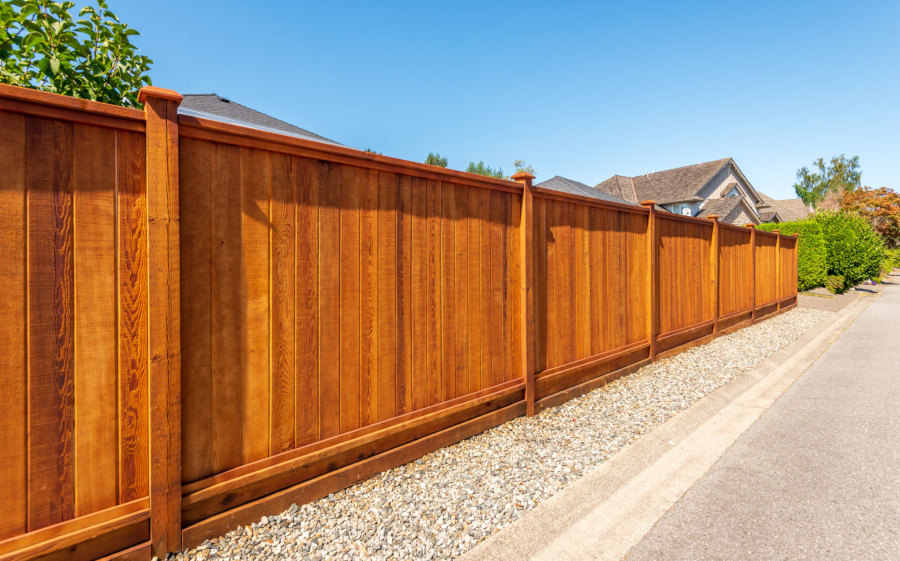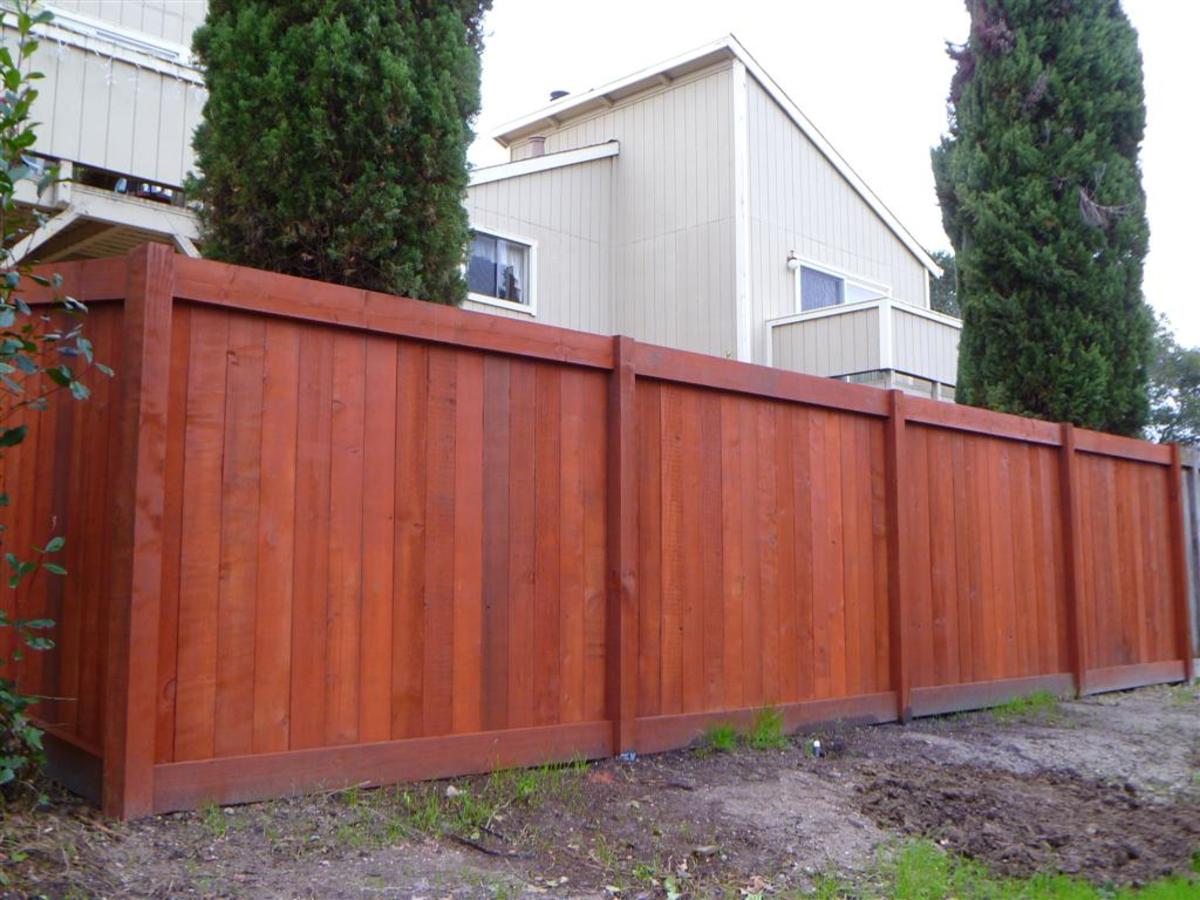Restore Your Fence's Look with Quality Fence Staining!
Restore Your Fence's Look with Quality Fence Staining!
Blog Article
How to Select the Right Fence Discoloration for Your Residential Property
When it pertains to enhancing the look and longevity of your residential or commercial property's fence, selecting the right tarnish is a critical choice that needs mindful factor to consider. With a myriad of choices offered in the market, each dealing with different wood types, shades, and openness levels, the procedure can quickly end up being overwhelming. Making an informed option can dramatically influence the general appearances and longevity of your fence. So, just how can you ensure that you select the excellent fencing stain that lines up with your building's design and upkeep demands? Allow's explore some crucial variables to guide you in this decision-making process.
Recognizing Timber Types
To select the appropriate fence tarnish, it is necessary to have an extensive understanding of the numerous kinds of timber typically made use of for fencing. The selection of timber plays an essential duty in establishing the long life and overall aesthetic appeals of the fence. Cedar is a prominent option because of its all-natural resistance to decay and bugs, making it a resilient alternative for outdoor frameworks. Pine is one more common timber utilized in fencing, known for its affordability and ease of discoloration. Nonetheless, pine is more vulnerable to warping and decomposing compared to cedar. Redwood is a premium option understood for its striking look and all-natural durability, though it features a greater cost. When selecting a fencing discolor, it is essential to think about the kind of timber being used to guarantee compatibility and ideal defense. Understanding the qualities of various timber types will aid you make an informed choice when it comes to choosing the best fencing tarnish for your building - Fence Staining Nashville TN.
Choosing the Right Color
Picking an ideal tone for your fence stain is a critical decision that dramatically impacts the general aesthetic charm of your building. Lighter colors such as whites or light grays can make a fence appear bigger and include a touch of elegance to your residential property. Inevitably, the right shade selection will enhance the appeal of your fencing and boost the general aesthetic appeal of your home.

Thinking About Transparency Degrees
When choosing the right color for your fencing discolor, one more essential aspect to consider is the degree of openness that will best suit your residential property's aesthetic and maintenance demands. Openness levels in fencing discolorations typically come under three groups: clear, semi-transparent, and solid. Clear spots enable the all-natural appeal of the wood to reveal with while offering minimal protection against the components. They are perfect for new or properly maintained fences where showcasing the wood grain is a priority. Semi-transparent stains use a balance in between color enhancement and security, allowing some timber grain to be visible while supplying moderate securing from UV rays and moisture. Solid discolorations, on the various other hand, offer one of the most security as they entirely cover the timber with an opaque coating. These are appropriate for older fencings or those seeking substantial protection or shade change. Take into consideration the level of direct exposure your fencing deals with, the wanted maintenance regularity, and the visual you wish to attain when selecting the ideal openness level for your fencing tarnish.
Examining Upkeep Needs
Considering the durability and maintenance of your fencing, reviewing the upkeep needs is crucial in establishing one of the most ideal fence discolor for your residential property. The degree of upkeep needed for your fence can vary depending on elements such as the kind of timber, weather in your area, and your individual choices.
When examining upkeep requirements, it is important to take into consideration the resilience of the fencing tarnish. Some discolorations call for more regular reapplication than others, so picking a discolor with a longer lifespan can aid lower the total upkeep needs of your fence (Fence Staining). In addition, factors such as resistance to UV rays, water, and mold can affect how typically you need to re-stain your fencing

Checking Examples Before Application
Prior to applying any fencing discolor, it is advisable to perform sample tests to ensure compatibility with the timber and preferred aesthetic outcome. Checking examples Nashville Fence Staining Services allows you to evaluate exactly how the tarnish will connect with the certain kind of timber used in your fence, as various woods can soak up spots in a different way. To begin, choose a small low-profile area of the fence to apply the discolor examples.
Conclusion
To conclude, picking the proper fence discolor for your home involves comprehending the timber type, selecting the appropriate color, thinking about openness levels, reviewing maintenance demands, and screening samples before application (Fence Staining Service). By taking these factors into factor to consider, you can make certain that your fence tarnish matches your building while supplying the required security and sturdiness. Make an informed choice to improve the look and durability of your fencing
Report this page